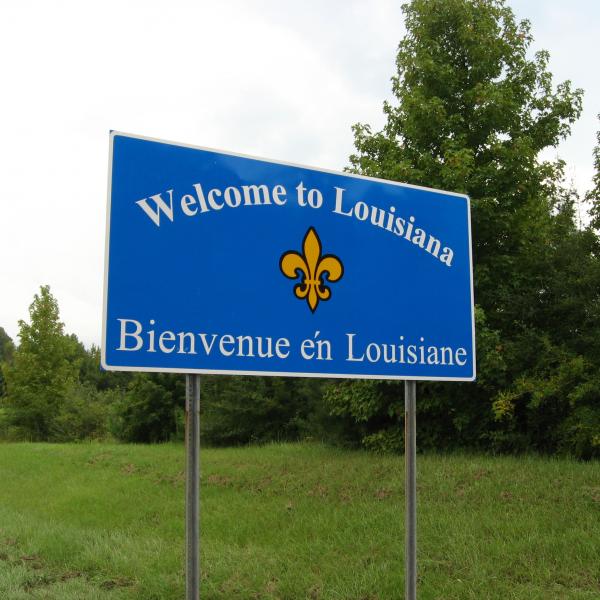I found our discussion the other day about the state of the city in the early 1960s interesting. We seemed to have all jumped on the bandwagon of describing the deterioration of urban America and applying all the terminology that was associated with that process. I think that Professor Early adeptly redirected our thinking so that we were better able to see how people at that time viewed their circumstances and environment. It is so easy with historical hindsight to see the unraveling of America that took place between 1964 and 1969. But if you asked someone back in 1964: “Do you think that America was heading toward a nervous breakdown?”, that person probably might have thought you were crazy.
The two songs that Early played for us, Petula Clark’s “Downtown” and Martha and the Vandella’s “Dancing in the Streets” offer insights into some of the dynamics of the period. “Downtown” was written by Tony Hatch who after visiting NYC for the first time from Britain. So that song offers an outsider’s perspective of the excitement of the Big Apple. It does capture the vision of the city as the place where people could come together and feel connected to the excitement of urban culture. The song eventually was used as tourism advertisements for cities like Chicago and New York.
 “Dancing in the Streets” was written by Mickey Stevenson and Marvin Gaye as an upbeat call for a good time. Later, it became an anthem of sorts for the urban unrest of those “long, hot summers” of the late 1960s. Even at the time (1964), however, I think the song was conveying a very political message: that the city belongs to the urban youth, not the political machines or establishments who were trying to remold their cities through their urban renewal initiatives or keep inner city communities under their thumbs. According to Stevenson, the idea of the song came to him after witnessing Detroit youth cooling off during a hot day in open fire hydrants. So even at this point, before the song became associated with the riots, I think some audiences would have been tuned into its rebellious undertow. Beneath its optimistic and celebratory surface, I think a release valve is at work—discharging feelings of frustration and growing resentments.
“Dancing in the Streets” was written by Mickey Stevenson and Marvin Gaye as an upbeat call for a good time. Later, it became an anthem of sorts for the urban unrest of those “long, hot summers” of the late 1960s. Even at the time (1964), however, I think the song was conveying a very political message: that the city belongs to the urban youth, not the political machines or establishments who were trying to remold their cities through their urban renewal initiatives or keep inner city communities under their thumbs. According to Stevenson, the idea of the song came to him after witnessing Detroit youth cooling off during a hot day in open fire hydrants. So even at this point, before the song became associated with the riots, I think some audiences would have been tuned into its rebellious undertow. Beneath its optimistic and celebratory surface, I think a release valve is at work—discharging feelings of frustration and growing resentments.
-- Steve Schwartz



